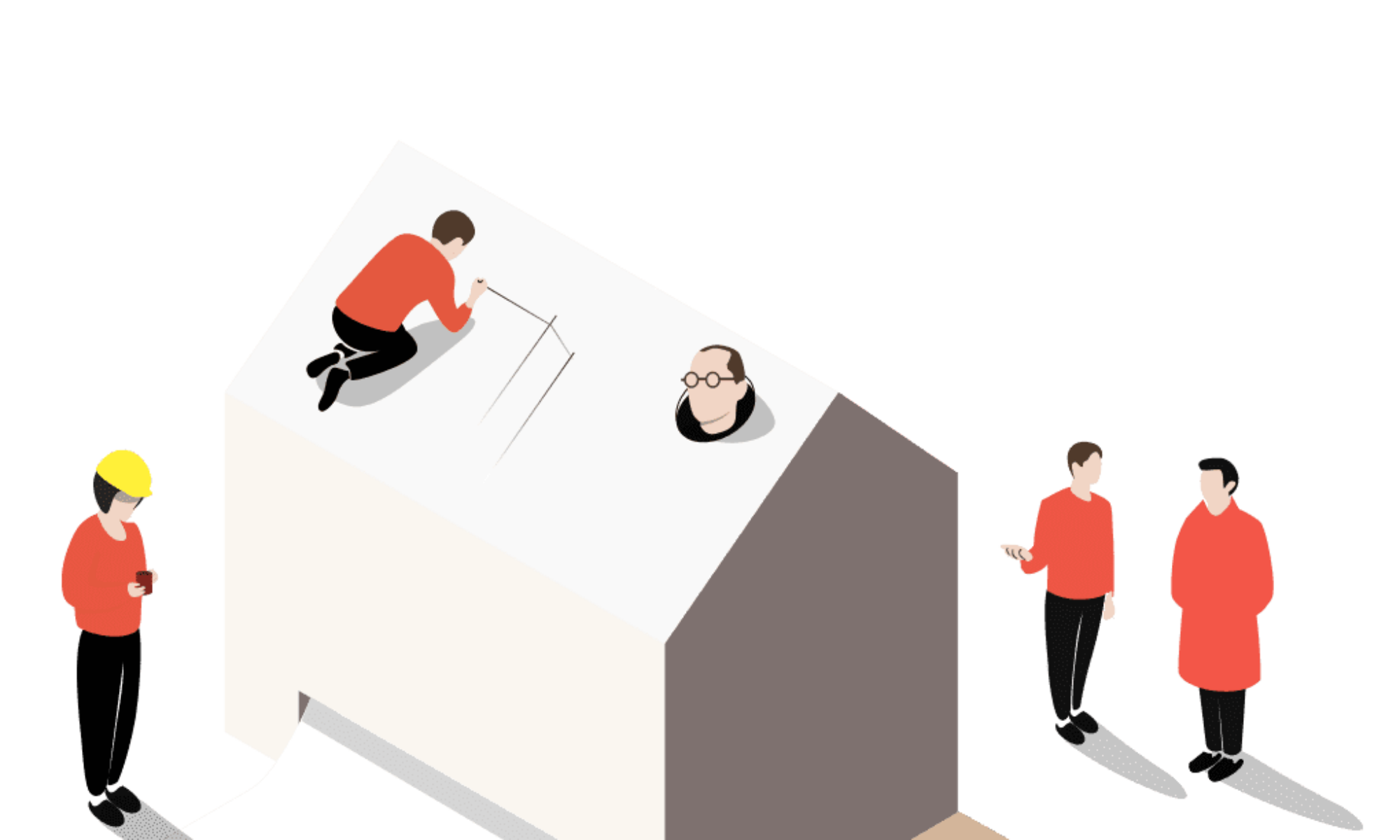Design Manifestos: Kona Gray of EDSA | Modelo Blog Series
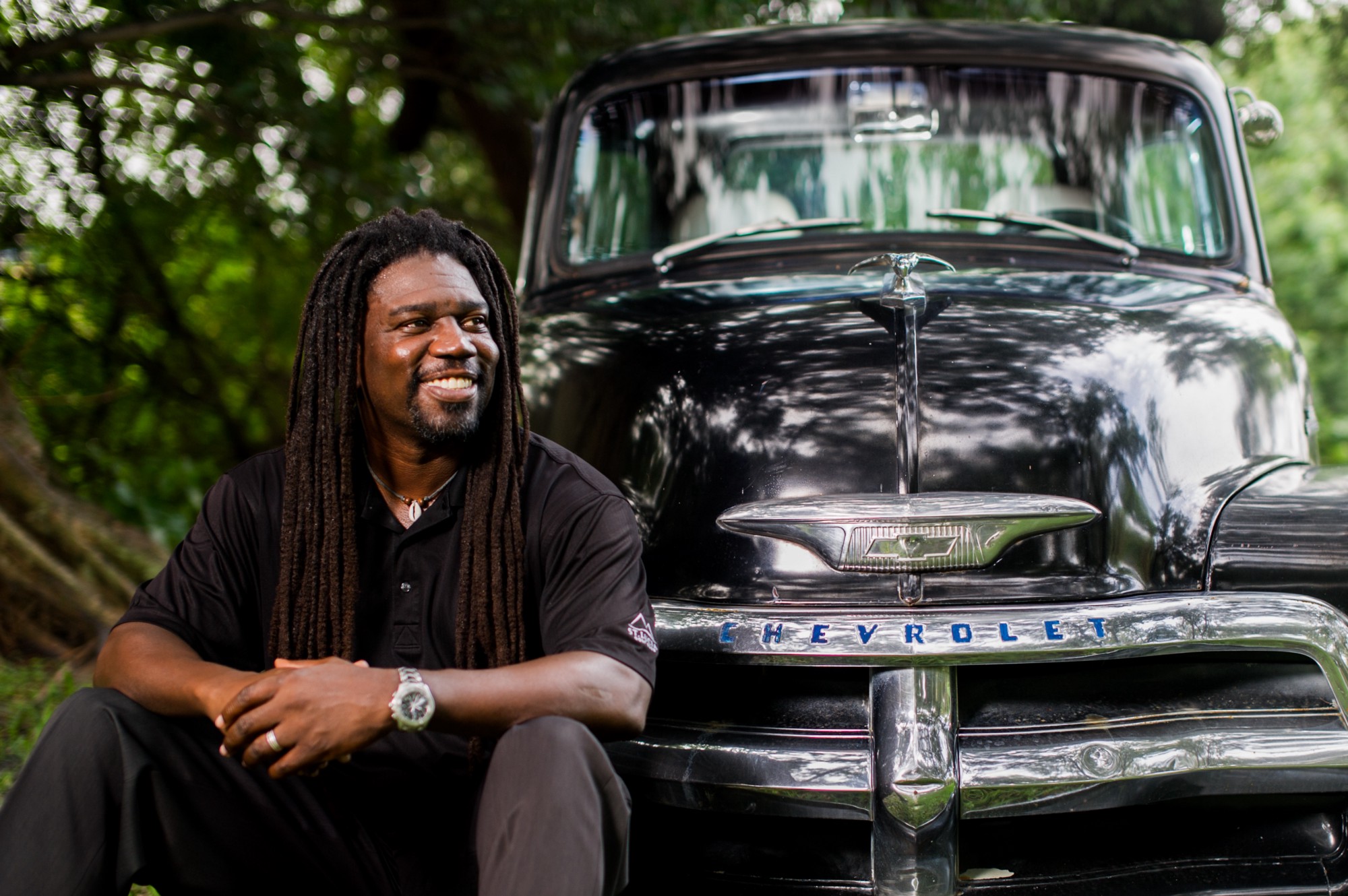
Kona Gray is a Principal at EDSA in Fort Lauderdale, Florida. Reaching beyond the ordinary is at the heart of every project in which Kona is involved with. His strong sense of integrating creativity and regional resources when designing projects results not only in functional environments, but surroundings that invigorate the imagination. Kona has experience in many aspects of planning and landscape architecture, ranging from large scale planning to detailed site design with emphasis on hospitality and campus related projects. Modelo spent some time learning about Kona’s major influences and about what makes the firm unique.

On becoming a landscape architect
My father is an architect and he predicted that I would find my passion in landscape architecture because I designed large scale landscapes with matchbox cars, sticks, rocks, and whatever else I could find on the playground as a kid. Similar to so many other landscape architects, I stumbled into landscape architecture through a moment of synchronicity. Struggling with a focus on the building itself and not the entourage of the surrounding spaces made me a more holistic approach to design and the built environment was available. The profession continues to appeal to my love of nature, people, and how the two elements intersect through outdoor experiences. It is the perfect merger of my interest in the arts, sciences and environment.
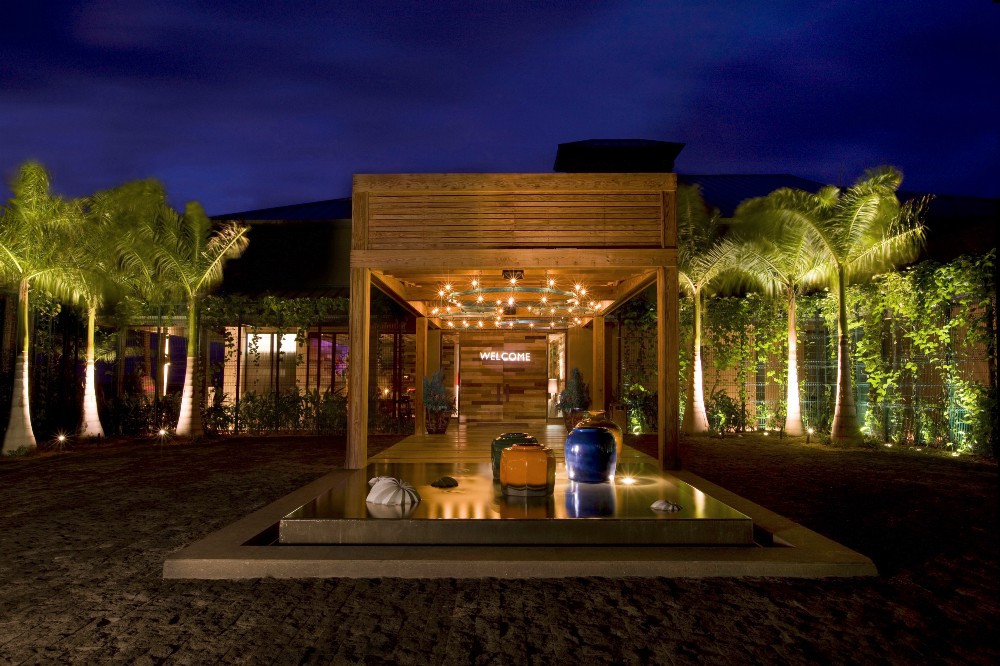
On discovering his voice as a designer
I have learned over the years that the most valued influences are relationships that shape your world. First and foremost is and will always be my family. My grandmother owned a boutique inn and loved hospitality, my mother was caring and inspirational, and my father has always been driven to be the best possible person. These influences are indicative of who I am and my wife and daughter continue to provide me with purpose, love and support.
Professionally, many of my greatest influences and inspirations have come from the leadership at EDSA, especially Edward D. Stone Jr., FASLA and Joseph J. Lalli., FASLA. They both possessed great talent and humility. At the University of Georgia, it was a presentation from Ian McHarg with WRT and a meeting with Walter Hood of Hood Design, both trailblazers, that solidified the role of Landscape Architects as leaders. Ian’s ability to map regional spaces with a masterful layering technique established this practice as an industry mainstay. Walter’s designs for people and places that are underserved the ‘forgotten spaces’ — bring social justice and beauty to those who would not normally have the opportunity to receive it.
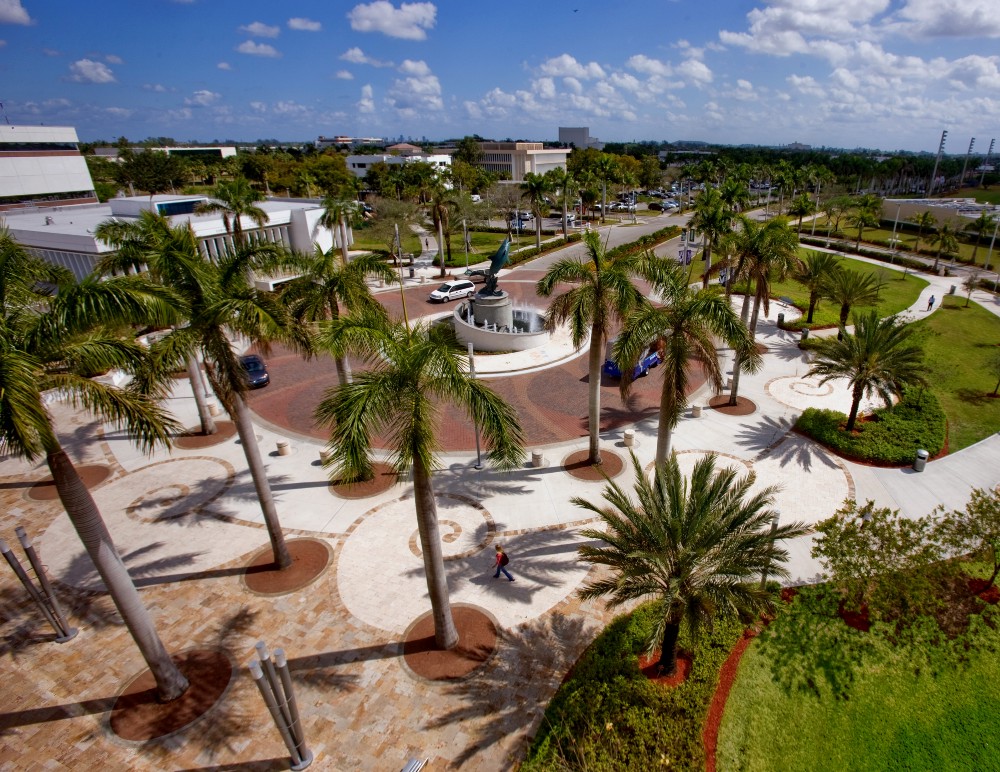
On joining EDSA
I received an invitation to join EDSA from J. Robert Behling, FASLA, our current Chairman, after a week-long review for my capstone assignment — required to graduate from the University of Georgia. Initially, I visited EDSA over spring break to gather research for the assignment, but ended up jumping right in to help the studio team meet a deadline. Unbeknownst to me, this ended up being my entry-level interview.
In the beginning, my approach to landscape architecture focused on the beauty of the designed environment. Everything we touch needs to aesthetically look, feel and perform better. However, I soon realized the business side of the profession was equally important. Not only must we create beautiful and purposeful places, but they must be economically sustainable as well. And most importantly, a space must be a reflection and inspiration to the people who experience these memorable places.
On specific principles he strives to adhere to
Grant Jones of Jones and Jones that declared recently, “Earth is our client.” I believe landscape architecture is not a luxury item and thoughtful design of the public realm is necessary to connect the built environment with the planet. It is our global responsibility is to design for people with a respect for the environment and to make this correlation seamless with empathy for the next generation. The most rewarding aspect of being a landscape architect for me is seeing a successfully complete project that is enjoyed by everyday people.
On his role at EDSA
At EDSA, we are a collective of peers. As colleagues we are responsible for the health and future of the studio based organization. My role and primary focus is leading and mentoring my design team on a variety of project types and scales from hospitality destinations to urban environments. I am responsible for introducing new clients to our services and expertise, developing proposals based on their needs, leading project design, managing the execution of design documents and seeing the project through construction.

On recent projects that represent the firm’s unique approach
We shy away from the ordinary and seek out the unexpected. Stretching our creativity and building upon innovation, we require every designer to provide three crazy ideas at a project’s kick-off. For example, Cairo Capital Central Park is essentially a 5,000-acre park in the Egyptian desert. It sounds crazy, yet we thought it would be fun. Jerry Van Eyck from MELK joined us for a design charrette in Fort Lauderdale. The pioneering idea of “ribbon like” landscape of intertwined spaces incorporates a walkable park, infused with the history of Egypt and the future of the planet. The overall design embraces the desert and integrates land forms so the entire space does not require irrigation.
We are also working on the New Norton Museum with Norman Foster + Partners. In this collaboration the architect is leading the design strategy. The project is very challenging and we are expressing the spirit of the museum throughout the landscape. We have curated the environment to be choreographed with the museums existing art collection and established garden rooms for guests to experience sculptures. However, the true star is an 80-year-old Banyan Tree. Our design dialogue focuses on the collaborative contribution and strengths of landscape architecture in conceptual design, plant selection, and execution of project details through construction.
On his design toolkit
We still draw by hand. And although it may seem old school, we find our designs are stronger because of it. The ability to express your ideas visually is essential to being a skillful designer. I love to sketch, paint, listen to music, read, attend concerts, visit museums and search the web for new ideas. If it is creative, I want to know about it.
At the beginning of our ideation process we utilize trace and markers to sketch out first concepts. Many times this process unfolds in front of clients in workshops and it is mind blowing to see our ideas come to life with their input. Once we have these thoughts on trace, we convert them digitally. We then refine, manipulate and enhance designs in the computer. In regards to software we use Sketch-Up to quickly model from an AutoCAD framework. This is followed by Photoshop for fine tuning the graphics and Revit, 3Ds Max, Rhino and Lumia for final renderings. We have totally embraced the Wacom tablets so every designer can draw digitally right on a large screen. We are consistently evolving and improving our technology as we see our hand graphics like that of the CGI industry that deals with animations. It starts out with a rough sketch or storyboard and is translated and refined with computer graphics.
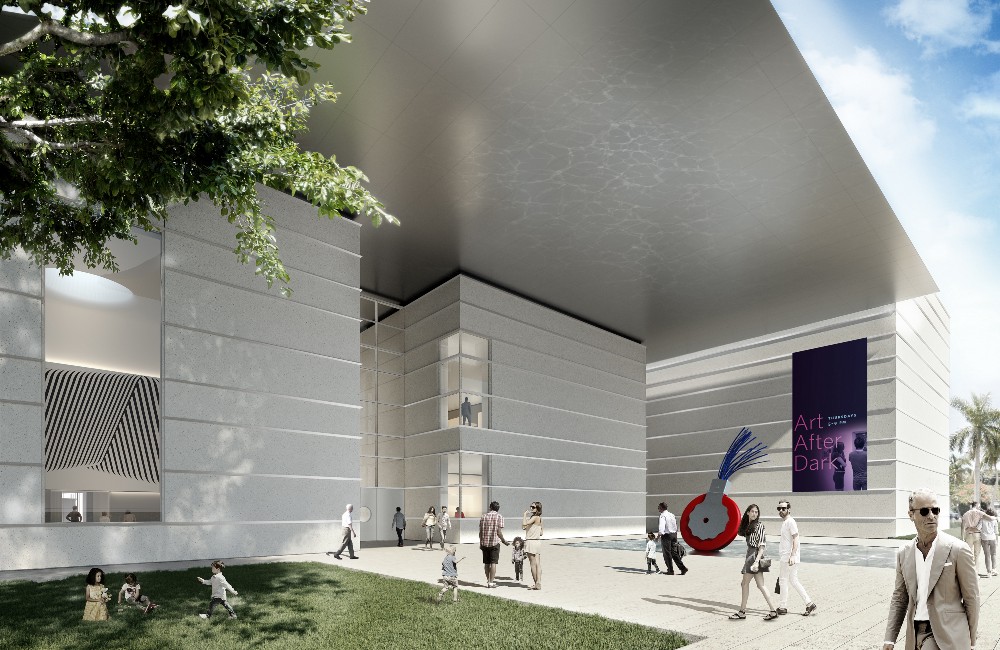
On the state of software today
Software is in a constant state of change. This can be good and bad. It seems that things are moving so quickly and every designer needs to stay current to utilize all latest tools available. We have been filming our designs with Adobe Premiere from the tablet and it is awesome. Video is a very powerful medium and it is more user friendly and reasonably priced today. It has allowed us to present in a way that we never imagined before — aminations, complete with voice over and music to help guide the mood of the experience. I feel that soon it will be common place to have videos and virtual reality incorporated into every aspect of design. This is very cool and I am so excited about the future.
On the future of architecture in the next 5–10 years
As a trained architect, I can remember the strong emphasis placed on the flat facade. That fact has not changed. What has changed is that people are realizing they need more than just the building. The Highline in NYC is a perfect example. Our profession has a tremendous future. We are the best kept secret in the design space and that means opportunity to take charge of shaping the built environment and preserving the land. We have always known that the spaces between the buildings create life and that is a lot of real estate.
Industry will embrace our calling to lead design endeavors with high performing landscapes. As president of the Landscape Architecture Foundation (LAF), I find this exhilarating. The LAF introduced the Landscape Performance Series to the world and it has changed the way we approach and implement design. We are now looking at the current conditions of a place and the inherent benefits derived from great landscape architecture. The benefits are tangible and they cross every aspect of life from health to economics with transformative results.
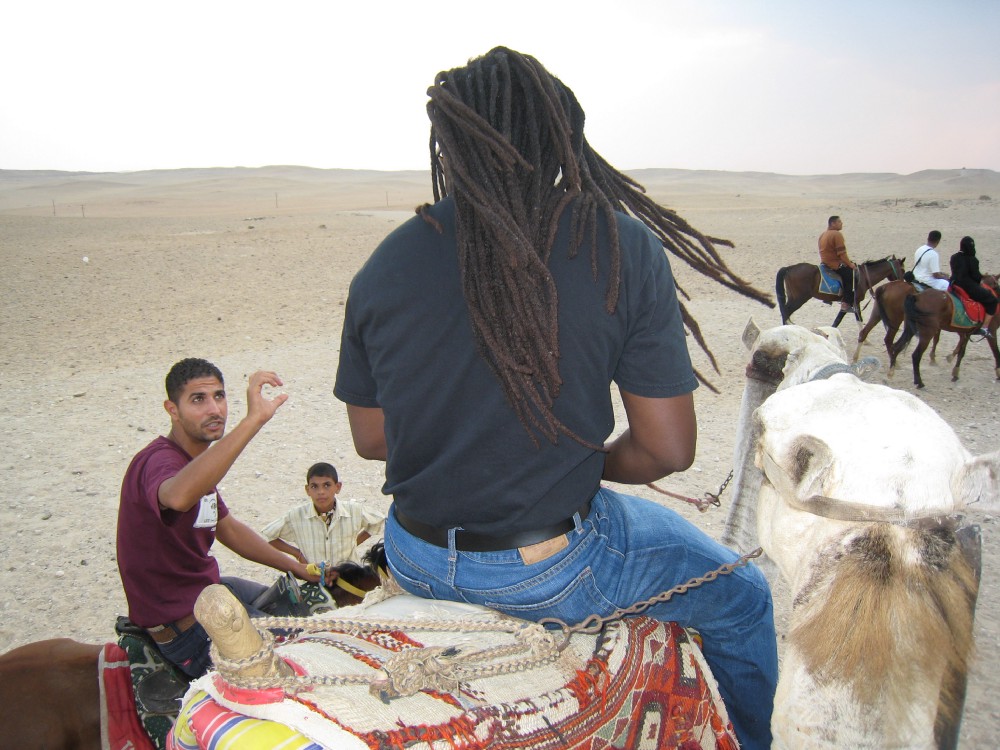
On the future of EDSA in the next 5–10 years
EDSA has begun incorporating landscape performance into our new designs and have participated in several LAF Case Study Investigations (CSI). Our first CSI projects were done retrospectively and we had do dig into the archives to establish the baseline state for projects. Now, we are engaged in a reformed process that establishes a list of social, economic and environmental objectives. These aspects are tested with our designs, measured throughout the process and evaluated pre as well as post construction. Additionally, we return to completed projects to learn what has worked and what failed — using these models for future case studies. The experience of merging the design process with the scientific method of research has proven that design is ultimately a craft.
On advice he would give himself
Actually, I have two pieces of advice. First, I would tell myself to be very selective in life as it relates to projects opportunities. And, second always surround yourself with good people that force you to be your personal best every day!
